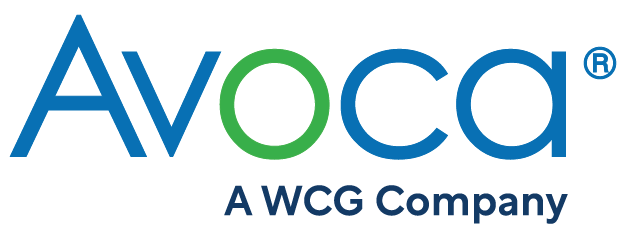Inspection Readiness: What is it and how do we get there?
This blog was submitted by Ashley Argiras, Associate Director, Quality Assurance, Vertex, and is a summary of a roundtable discussion held at the 7th Annual Avoca Quality Consortium Fall Member Meeting.
Challenges in Implementing Successful Inspection Readiness Programs
Senior leaders within organizations generally identify the need for inspection readiness (IR) programs. A critical challenge to implementing successful IR programs is leadership engagement and commitment of resources. Often, QA and operational functions are each resource-constrained, which creates difficulty for either group leading IR efforts, and currently requires a large amount of additional work outside of required day-to-day responsibilities. Engagement across organizations can also be challenging as the threat of inspections has historically been used to highlight the importance of having IR programs. This method is ineffective to motivate leadership and operational employees because it doesn’t resonate until after inspections occur, which eliminates the possibility of proactive IR programs.
How Can Leadership and Employee Engagement Be Solved
A true state of IR reflects a well-controlled state of quality management. When clinical trials are proactively managed to ensure the highest quality at each step of the process, and when greater scrutiny is paid for high-risk areas, there’s a better outcome for patients. It’s always important to consider that high quality clinical trials lead to patient safety and help make safe and effective medicines accessible to patients. Inspections are meant to test the quality management during a study. Poor outcomes from inspections can lead to patients being denied this access to medicines. This concept is important to perpetuate when forming and maintaining an effective IR program at organizations.
The Relationship between Quality Management and Inspection Readiness
A successful IR program depends on strong collaboration and commitment from QA and operational functions. While QA can be integral in setting the quality management strategy and ensuring adherence, operational activities must have quality management built into them to sustain a true state of IR. As clinical trials become more complex and functions have growing responsibilities, it’s essential to evaluate the entire clinical trial ecosystem to ensure risk-based approaches are used to appropriately resource clinical trial activities. It’s also important to have the infrastructure in place to allow for operational functions to execute on tasks in a way that makes quality easier and allows for a state of IR to be achieved with much less effort. For a true state of IR to be possible, proactive, risk-based quality management must be built in.
The Avoca Group’s Consulting Services for Inspection Readiness provide full management through point-of-need support for inspections. Learn more >> |
